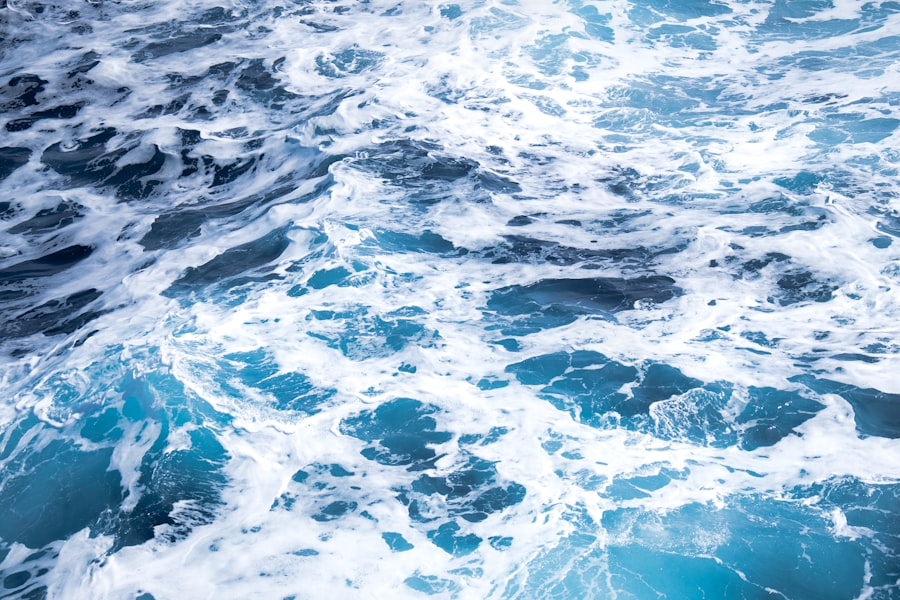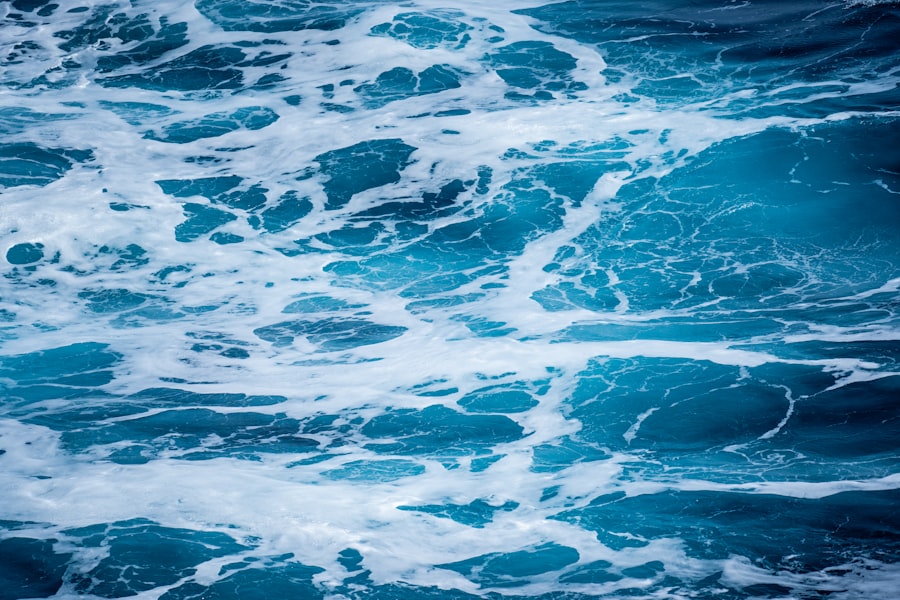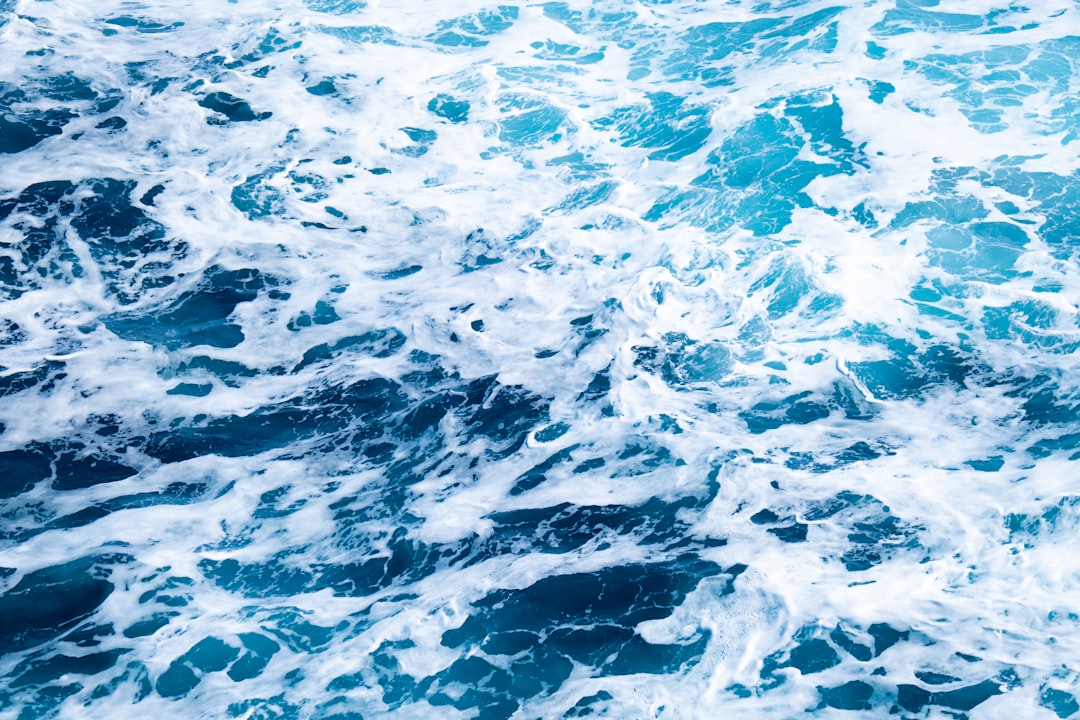The Drake Passage, a body of water that separates South America from Antarctica, is renowned for its tumultuous seas and significant role in global oceanic systems. Named after the English explorer Sir Francis Drake, who navigated these waters in the late 16th century, the passage has become a focal point for maritime navigation, scientific research, and ecological studies. Its strategic location not only serves as a gateway to the Antarctic but also plays a crucial role in the climatic and oceanographic dynamics of the Southern Hemisphere.
This narrow stretch of ocean, measuring approximately 800 kilometers (500 miles) wide, is often characterized by its unpredictable weather and rough seas. The passage is a vital route for vessels traveling to and from Antarctica, making it an essential area for both commercial shipping and scientific expeditions. The unique characteristics of the Drake Passage have drawn the attention of explorers, researchers, and environmentalists alike, all eager to understand its complexities and significance in the broader context of Earth’s ecosystems.
Key Takeaways
- The Drake Passage is a body of water between South America’s Cape Horn and the South Shetland Islands of Antarctica, known for its turbulent seas and challenging navigation.
- The geographical features of the Drake Passage include its narrow width, deep oceanic trench, and the presence of the Antarctic Convergence, which marks the boundary between cold Antarctic waters and warmer sub-Antarctic waters.
- The climate and weather patterns in the Drake Passage are characterized by strong westerly winds, high waves, and rapidly changing conditions, making it one of the roughest seas in the world.
- The flora and fauna of the Drake Passage are diverse and include a variety of seabirds, marine mammals, and unique cold-water species adapted to the harsh environment.
- The Drake Passage has historical significance as the route taken by famous explorers such as Sir Francis Drake and has been a key area for scientific research and exploration.
Geographical features of the Drake Passage
The geographical features of the Drake Passage are as diverse as they are striking. The passage is flanked by the rugged coastlines of Cape Horn in Chile to the north and the Antarctic Peninsula to the south. This positioning creates a unique marine environment where the Atlantic and Pacific Oceans converge, resulting in a rich tapestry of underwater topography.
The seafloor is marked by deep trenches, underwater mountains, and various geological formations that contribute to the area’s dynamic marine ecosystem. One of the most notable features of the Drake Passage is its depth. The average depth of the passage is around 3,000 meters (9,800 feet), with some areas plunging even deeper.
This significant depth influences ocean currents and marine life, creating habitats that support a variety of species. The interplay between the cold waters from Antarctica and the warmer currents from the north creates a unique environment that fosters biodiversity, making it an area of great interest for marine biologists and ecologists.
Climate and weather patterns in the Drake Passage

The climate of the Drake Passage is notoriously volatile, characterized by strong winds, heavy precipitation, and rapidly changing weather conditions. The region experiences what is known as a maritime polar climate, which means that it is heavily influenced by oceanic conditions. The convergence of cold Antarctic waters with warmer currents from the north leads to frequent storms and rough seas, making navigation particularly challenging.
Weather patterns in the Drake Passage can shift dramatically within a matter of hours. Sailors often describe the passage as having a mind of its own, with calm waters suddenly transforming into turbulent waves. This unpredictability is largely due to the passage’s geographical location, where weather systems collide and interact.
As a result, those who venture into these waters must be prepared for anything, from serene sailing conditions to fierce storms that can arise without warning.
Flora and fauna of the Drake Passage
| Flora and Fauna of the Drake Passage | Metrics |
|---|---|
| Albatross | Several species of albatross can be found in the Drake Passage, including the wandering albatross and the black-browed albatross. |
| Whales | The waters of the Drake Passage are home to various whale species, such as humpback whales, minke whales, and orcas. |
| Seals | Antarctic fur seals and Weddell seals are commonly spotted in the Drake Passage region. |
| Penguins | Several species of penguins, including chinstrap penguins and gentoo penguins, inhabit the islands and shores of the Drake Passage. |
| Vegetation | The vegetation in the Drake Passage is limited due to the harsh climate, but some mosses and lichens can be found on the islands and rocky outcrops. |
The Drake Passage is home to a remarkable array of flora and fauna, showcasing the resilience of life in one of the planet’s most extreme environments. The cold waters are rich in nutrients, supporting a diverse range of marine life. Phytoplankton blooms thrive in these nutrient-rich waters, forming the foundation of the food web that sustains larger organisms.
These microscopic plants are crucial for maintaining ecological balance and play a significant role in carbon cycling. In addition to phytoplankton, the passage is teeming with various species of fish, krill, and other marine organisms. Notably, Antarctic krill serves as a keystone species in this ecosystem, providing sustenance for numerous predators, including seals, penguins, and whales.
Species such as humpback whales and orcas are often spotted in these waters, drawing attention from researchers and wildlife enthusiasts alike.
Historical significance of the Drake Passage
The historical significance of the Drake Passage cannot be overstated. It has long been a critical route for explorers seeking to navigate between the Atlantic and Pacific Oceans. Sir Francis Drake’s expedition in 1578 marked one of the first recorded passages through these treacherous waters, paving the way for future exploration and trade routes.
The passage became synonymous with adventure and discovery during the Age of Exploration, as countless sailors braved its challenges in search of new lands and riches. Throughout history, the Drake Passage has also played a pivotal role in maritime trade. Its strategic location has made it an essential corridor for shipping routes connecting South America with other parts of the world.
The passage’s historical significance extends beyond exploration; it has also been a site of conflict and competition among nations vying for control over trade routes and territorial claims in Antarctica.
Human exploration and research in the Drake Passage

Human exploration of the Drake Passage has evolved significantly over the centuries. Initially navigated by intrepid explorers seeking new territories, modern exploration has shifted towards scientific research aimed at understanding this unique marine environment. Numerous research expeditions have been conducted in these waters to study everything from oceanography to climate change impacts on polar ecosystems.
Research vessels equipped with advanced technology now traverse the passage regularly, collecting data on water temperature, salinity, and marine biodiversity. These studies are crucial for understanding how climate change affects polar regions and contribute to broader discussions about global environmental issues. The Drake Passage serves as a natural laboratory for scientists seeking to unravel the complexities of oceanic systems and their interconnectedness with climate dynamics.
Challenges of navigating the Drake Passage
Navigating the Drake Passage presents numerous challenges for mariners due to its unpredictable weather patterns and treacherous sea conditions. The convergence of powerful ocean currents creates turbulent waters that can be difficult to traverse, even for experienced sailors. The infamous “Drake Shake,” a term used to describe the rough seas often encountered in this region, can lead to dangerous situations for vessels caught in storms.
In addition to rough seas, visibility can be severely limited due to fog and precipitation, further complicating navigation efforts. Mariners must be well-prepared and equipped with advanced navigational tools to safely traverse these waters. Despite these challenges, many adventurers are drawn to the allure of crossing the Drake Passage, viewing it as a rite of passage for those seeking to explore Antarctica.
Environmental conservation efforts in the Drake Passage
Given its ecological significance, environmental conservation efforts in the Drake Passage have become increasingly important in recent years. Various organizations and governments have recognized the need to protect this fragile marine ecosystem from threats such as overfishing, pollution, and climate change. Initiatives aimed at preserving biodiversity and promoting sustainable practices are underway to ensure that future generations can continue to benefit from this unique environment.
These designated zones aim to safeguard critical habitats and species while allowing for responsible research and tourism activities. Collaborative efforts among international stakeholders are essential for effective conservation strategies, as many species migrate across national boundaries.
By fostering cooperation among nations, conservationists hope to create a comprehensive framework for protecting this vital marine region.
The Drake Passage as a natural boundary
The Drake Passage serves not only as a significant maritime route but also as a natural boundary between two continents: South America and Antarctica. This geographical demarcation has implications for territorial claims and international relations in polar regions. The passage’s unique position has led to ongoing discussions about sovereignty over surrounding waters and resources.
As nations continue to explore opportunities for resource extraction in Antarctica, understanding the legal frameworks governing these areas becomes increasingly important. The Antarctic Treaty System provides guidelines for managing human activities on the continent while promoting scientific cooperation among nations. The Drake Passage’s role as a natural boundary underscores its geopolitical significance in discussions surrounding environmental stewardship and resource management.
Impact of the Drake Passage on global ocean currents
The Drake Passage plays a crucial role in influencing global ocean currents, particularly through its connection between the Atlantic and Pacific Oceans. The flow of water through this narrow strait contributes to major oceanic circulation patterns that regulate climate across vast regions of the Earth. The Antarctic Circumpolar Current (ACC), which flows around Antarctica, is one of the most significant currents influenced by the dynamics of the Drake Passage.
This current acts as a conveyor belt for cold water from Antarctica, helping to regulate temperatures in both hemispheres. It also facilitates nutrient distribution across oceans, supporting marine ecosystems far beyond its immediate vicinity. Understanding how changes in this current may impact global climate patterns is an area of active research, highlighting the interconnectedness of Earth’s systems.
Future prospects for studying and preserving the Drake Passage
Looking ahead, there are promising prospects for further study and preservation efforts in the Drake Passage. As climate change continues to impact polar regions, ongoing research will be essential for understanding how these changes affect marine ecosystems and global climate systems. Scientists are increasingly utilizing advanced technologies such as remote sensing and autonomous underwater vehicles to gather data on this remote region.
Moreover, international collaboration will be vital in addressing environmental challenges facing the Drake Passage. By fostering partnerships among nations committed to conservation efforts, researchers can work towards sustainable management practices that protect this unique marine environment while allowing for responsible exploration and scientific inquiry. The future of the Drake Passage hinges on collective action aimed at preserving its ecological integrity for generations to come.
In conclusion, the Drake Passage stands as a remarkable intersection of natural beauty, historical significance, and ecological importance. Its geographical features shape not only local ecosystems but also global ocean currents that influence climate patterns worldwide. As humanity continues to explore this dynamic region, it becomes increasingly imperative to balance exploration with conservation efforts to ensure that future generations can appreciate and learn from this extraordinary maritime corridor.
The Drake Passage is a significant body of water that separates the southern tip of South America from Antarctica, playing a crucial role in global ocean circulation. For those interested in exploring more about this fascinating region and its geographical significance, you can find additional information in a related article on MyGeoQuest. This article delves into the unique characteristics and challenges of navigating the Drake Passage. To read more, visit the article by clicking on this link: Drake Passage Exploration.
WATCH NOW! Drake Passage: Earth’s Deadliest Waters Revealed
FAQs
What is the Drake Passage?
The Drake Passage is a body of water located between the southern tip of South America and the northern tip of the Antarctic Peninsula. It connects the Atlantic and Pacific Oceans.
How wide is the Drake Passage?
The Drake Passage is approximately 800 kilometers (500 miles) wide at its narrowest point.
Why is the Drake Passage significant?
The Drake Passage is known for its rough seas and strong winds, making it one of the most challenging maritime routes in the world. It is also an important area for scientific research due to its unique oceanographic and climatic conditions.
What does the Drake Passage separate?
The Drake Passage separates South America from Antarctica, serving as a natural boundary between the two continents.
What wildlife can be found in the Drake Passage?
The Drake Passage is home to a diverse range of marine wildlife, including whales, seals, and various species of seabirds. It is also a popular area for whale-watching and bird-watching expeditions.
